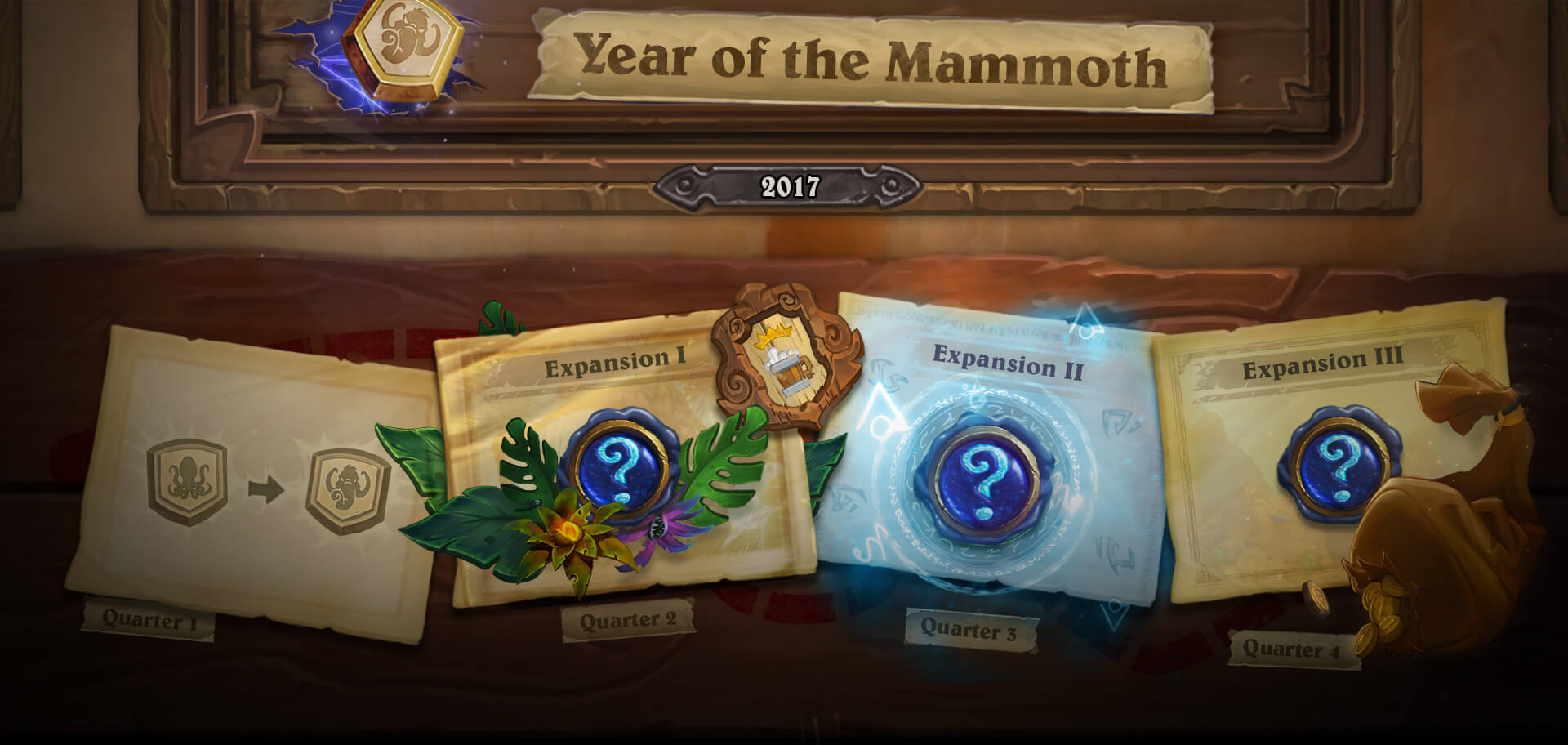Hearthstone’s next Standard year is the Year of the Mammoth. It’s an appropriate name, because Blizzard is making some mammoth-size changes to its digital card game behemoth.
The change in the Standard cycle moves cards from older sets out of rotation, making them only playable in the Wild format (where all cards are eligible). This year, however, Blizzard is also moving some of the game’s most powerful Classic cards to Wild. It’s also changing the way it releases new sets, getting rid of the single-player focused Adventures in favor of more Expansions.

Unlock premium content and VIP community perks with GB M A X!
Join now to enjoy our free and premium membership perks.
![]()

![]()